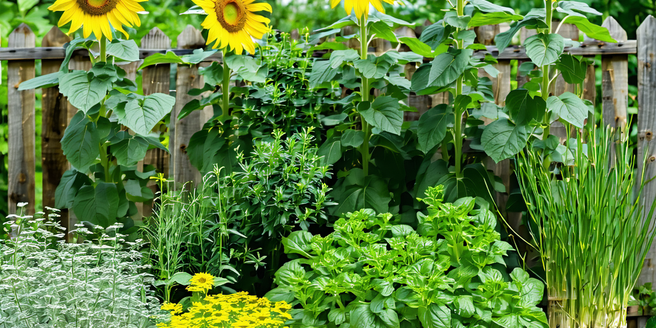
Choosing the Right Plants for Kids’ Gardens
When selecting plants for children’s gardens, it’s crucial to consider safety and ease of care. Opt for non-toxic varieties to ensure that curious kids aren’t in harm’s way, and choose plants that are well-suited to your local climate to minimize frustration. Fast-growing plants, like sunflowers or beans, offer quick results, which can help maintain a child’s interest and enthusiasm. Herb gardens are also a fantastic choice for young ones since they can engage senses of touch and smell, offering an interactive experience. Additionally, consider edible plants, like cherry tomatoes or strawberries, which provide both educational opportunities and tasty rewards. Engage kids in the selection process, allowing them to choose their favorites. This ownership and involvement help form a deep-rooted interest in gardening, nurturing their love for the environment.
Fun Gardening Tools for Young Gardeners
Introducing children to gardening can be made more exciting with the use of colorful and safe tools designed just for them. Look for child-sized gloves, spades, and watering cans that fit comfortably in little hands. Some gardening sets are themed with children’s favorite characters, adding an extra element of fun. Investing in a sturdy but lightweight wheelbarrow can allow kids to transport soil and plants around the garden, promoting active involvement in the gardening process. Items like seed trays and pots specifically tailored for children can enhance their sense of responsibility. Additionally, consider providing a small gardening apron with pockets for storing essentials like seeds and small tools. Familiarizing children with these tools not only makes them feel like real gardeners but also helps develop their motor skills and encourages outdoor play.
Creative Planting Projects to Inspire Kids
Enhance children’s gardening experiences by incorporating imaginative planting projects that capture their creativity. Create a themed garden, such as a butterfly or fairy garden, where children can decorate spaces with natural materials or small ornaments. Encourage them to design plant labels using painted rocks or popsicle sticks. Consider planting a sensory garden where kids can explore plants that stimulate sight, smell, touch, and taste. Projects such as flower presses or leaf rubbings keep kids interested even during downtime. Building a scarecrow as a garden protector not only sparks creativity but also enhances the garden’s charm. Container gardening is another exciting option, allowing for customized and manageable garden spaces. Use recycled bottles or shoes to plant herbs or flowers, fostering both environmental mindfulness and hands-on learning.
Seasonal Gardening Activities for Children
Gardening offers different joys and educational opportunities as the seasons change. Each season brings unique chores and activities, helping kids understand natural cycles. Spring is a time for planting seeds and watching sprouts emerge, filled with discovery and anticipation. Summer brings the thrill of harvesting fruits and vegetables, teaching responsibility and patience. In autumn, children can learn about composting with fallen leaves and prepare the garden for the winter. Winter offers chances to plan next year’s garden or create indoor gardens with hardy plants. Involving children in seasonal gardening activities not only educates them about the environment but also instills an appreciation for seasonal changes and food cultivation. Encourage them to keep a garden journal throughout the year, tracking growth, weather changes, and personal observations to reinforce learning and engagement.
Encouraging Wildlife-Friendly Gardening
Gardens are incredible sanctuaries for wildlife, and teaching children to cultivate spaces that accommodate these visitors offers lifelong ecological lessons. Encouraging kids to incorporate bird feeders, bee hotels, or butterfly houses introduces them to the importance of biodiversity. Planting native flowers and shrubs attract various pollinators and birds, demonstrating the role each plays in the ecosystem. Install a small water feature or pond to provide drinking sources for animals, while also teaching about aquatic ecosystems. Involve children by having them make birdseed feeders using pinecones and peanut butter or create small rock piles for insects to inhabit. Educating kids on the importance of earthworms, ladybugs, and other beneficial insects helps them understand environmentally friendly practices like reducing pesticide use. These experiences foster respect and understanding of nature, cultivating future stewards of the environment.
